Best smart home systems 2021: Reviews and buying advice
From smart light bulbs and thermostats that think for themselves to Bluetooth door locks, wireless security cameras, and all manner of sensors, today’s home automation technology can sound awfully sophisticated while actually being a messy hodgepodge of gizmos and apps. Installing all this stuff in your house is only half the battle. Getting it to work together smoothly and with a single user interface can be something entirely different.
Here’s the essential gear to get you there, which we’ve separated into two categories: all-around smart home systems, which are designed to coordinate a wide variety of smart home products, and security-focused systems, which are built around sensors and sirens.
You should also note that some of our picks are starter kits, consisting of a smart-home hub and a handful of devices, while others are just the hub. You’ll need to add the components you want to the latter, choosing from products certified by the hub manufacturer.
Updated October 28, 2022 to add a link to our Notion home-security system review, in which we evaluate the third-generation of this DIY system, which now offers professional monitoring as a $10-per-month option.
Best all-around smart home system
Aeotec Smart Home Hub Read our review Best Prices Today:
SmartThings is dead! Long live SmartThings! Actually, the only thing SmartThings thing that is dead is Samsung’s own SmartThings Hub. The company decided to stop manufacturing its own hardware, but is not abandoning the platform itself. Instead, it granted permission to other companies—including smart-home stalwart Aeotec—to build its hub instead. Connect this small box to your router and you can use a simple and intuitive app to control the vast number of smart home products boasting “Works with SmartThings” compatibility. Every major category is covered, including the Amazon Echo and Google Home smart speakers, numerous smart lighting products (including Philips and Sylvania gear), the Ring Video Doorbell, smart door locks, and more.
Best security-focused smart home system
Ring Alarm Pro (8-piece kit) Read our review
With the Ring Alarm Pro, Ring takes its best-in-class home security system to the next level, adding an integrated Wi-Fi 6 router as well as expandable battery and broadband backup functionality. You simply won’t find a better value in the smart home security market, or one that offers the important option of professional monitoring for so little cash: $20 per month, including cloud storage for video clips from unlimited number of Ring video doorbells and security cameras. Our previous top pick in this category, the slightly less-expensive, Ring Alarm (2nd Gen), might be a better choice for those who don’t feel the need to upgrade their existing Wi-Fi setups.
We should note, however, that we’re still disappointed that Ring hasn’t bothered to turn its Ring Alarm systems, including the Ring Alarm Pro, into full-on smart home hubs. The Zigbee radio in the Ring Alarm Pro is frustratingly dormant, there’s no Thread radio at all, and home automation routines are both clumsy and disjointed. Perhaps one day Ring will pull the home hub aspect together, but that day hasn’t arrived yet.
Runner-up
Abode Iota Read our review
Abode continues to impress us with its security-focused smart home hub. The Abode Iota incorporates a 1080p security camera into an enclosure that’s more compact than the original, yet retains all the features we like, including support for Zigbee and Z-Wave smart home devices and sensors, optional cellular backup for added security, and optional professional monitoring.
Best home security system for privacy
Minut Smart Home Alarm Read our review Best Prices Today:
The Minut Smart Home Security system is actually pretty limited in terms of its ability to control the other smart devices in your home, but if you’re particularly sensitive about privacy, this system can protect your home without relying on on cameras, microphones, or similar technology that some consider invasive.
What to look for when shopping
As we mentioned earlier, smart home systems come in a dazzling array of shapes and sizes, from brain-dead simple to vastly complex. Features vary just as widely, so you’ll need to pay more attention than usual when you’re narrowing down the field to find the product that’s right for you. Here’s a look at some of those key decision factors. To see how each system on the market measures up to those promises, drill down into the reviews at the end of the buyers’ guide.
The Nest thermostat is quite popular, but it’s not compatible with every smart home system.
Device support: Some smart hubs support only a small number of devices made by the manufacturer of the hub. Others offer certification programs for third-party devices and/or offer hooks into systems developed by third parties: Amazon (Alexa), Nest (thermostats, cameras, and smoke/CO detectors), and Google (Google Assistant) are the biggies here, but Apple’s HomeKit could become important later. It’s critical to consider all the devices you already have in your home, and whether the hub will support them. If the hub doesn’t support them, you might be looking at a massive upgrade later. As well, you need to think about what devices you plan to add to your network down the line.
IFTTT support: Many top smart home systems support IFTTT (If This Then That), the simple scripting system that lets you connect devices that otherwise wouldn’t be. For example, you could use IFTTT to turn all the lights in the house blue if a water leak is detected by your smart hub—even if it can’t speak directly to the lighting system itself. Stringify is a similar—and perhaps more sophisticated—service, but it has not yet gained as much traction as IFTTT.
Wired vs. wireless hub connection: Many smart hubs must connect to your wireless router via an ethernet cable, which limits your placement and, of course, requires a free ethernet port on your router. That can be an issue with the new generation of puck-like mesh routers that have just two ethernet ports (Eero, Google Wifi, TP-Link Deco M5, et al). A smaller number of hubs are wireless and can be placed anywhere in range of the router, increasing your flexibility.
Z-Wave-based sensors, such as this door/window sensor from Fibaro, operate on a low-power mesh network.
Sensor range: If your home is large or spread out, you’ll need to pay attention to the range that the hub’s sensors support. Hubs may support a wide array of connection protocols, including Bluetooth, Wi-Fi, Z-Wave, and Zigbee, all of which have very different ranges. As with a wireless router, smart hub range can also be impacted by interference and device placement, and smart home devices themselves have different specs, as well. Take the time to look into the detailed specs to be sure sensors and third-party devices will actually work with your home’s infrastructure.
Battery backup: If the power goes out, your smart lights might not be useful, but other smart home features, like security sensors, rely on a hub that’s always on. Many smart hubs, even those that aren’t built around security, feature battery backups (either through rechargeable cells or standard AAs). Even a short power outage can cause a significant delay while the hub reconnects, so a battery backup makes sense in many home environments. If you like everything else about a particular hub that lacks a battery backup option, consider investing in an uninterruptible power supply to plug it into.
Wink’s app keeps a detailed log of everything that goes on in your smart home.
Mobile app usability: You’ll probably be interacting with your hub primarily through its mobile app, so you’ll want one that’s intuitive and powerful, with all the key features you use front and center. App-store screen shots and, of course, our reviews can help you get a sense of what you’re dealing with on the app side of things.
Overall complexity: This is a companion consideration to the mobile app, relating primarily to the audience for whom the smart home system was developed. Is the system geared at everyday users with limited customization needs? Or is it built with extreme flexibility in mind, to the point where the configuration decisions might overwhelm a novice user? Again, close attention to our reviews can help you gauge how comfortable you’re likely to feel with any system.
In addition to the above, the following considerations are primarily geared at systems with a security focus.
Sensor support: A companion consideration to the device support issue above, if you’re in the market for a security-focused smart hub, you’ll want one that has support for all the sensors you need. Most security hubs only work with the sensors made by the same manufacturer, so you can’t mix and match as you would with a general-use smart hub. Some security systems offer only a very narrow range of sensor types, while others have a wide variety to choose from.
A GSM module ensures your home security system doesn’t fail if a burglar cuts your landline.
Cellular radio backup: If you could simply cut the broadband connection to defeat a security system, it wouldn’t be much good, would it? Any good security system will include a 3G cellular backup that can be used in case your broadband connection drops. You should also carefully consider the battery backup consideration above, which is essential for dealing with power outages and is a standard feature on most security hubs.
Professional monitoring: If you don’t want to monitor your own security system 24/7, you’ll at least want the option to engage with a professional security company that can keep tabs on it for you when you’re out on walkabout. These invariably cost extra, which leads to our final consideration….
Service plan costs: Service plan costs vary widely from system to system, and many vendors offer a range of plans to choose from. Some systems will work without a service plan, allowing you to self-monitor. Some require a plan to function at all. Also note that lower-tier service plans might not include professional monitoring (Ring Alarm has one of the least-expensive plans: $10 per month with no long-term commitment). Price out service plans carefully before you pull the trigger.
Our latest smart home system reviews
Aplicaciones de la fibra óptica
¿Qué es la fibra óptica y cuáles son sus aplicaciones?
La fibra óptica nació en 1950, cuando la medicina hizo uso de la misma para poder ver correctamente el interior de un cuerpo humano. Al hablar de fibra óptica, la primera idea que se nos viene a la mente es su uso para aplicación en electrodomésticos, como puede ser la televisión o un teléfono. Sin embargo, en el momento de su creación, el uso para esta nueva tecnología estaba muy lejos de ser el mismo que se le da hoy en día.
La fibra óptica transporta mensajes (a través de su tecnología aplicada) en forma de haces de luz que representan datos, a través de un finísimo cable por el que pasan los pulsos de luz de un extremo a otro, cuya fuente puede ser láser (es la que más se utiliza) o emisores LED (ésta actualmente casi no es utilizada).
Los cables de fibra óptica están formados por un material que no pesa, que ocupa escaso espacio, de un tamaño diminuto, duradero y de alta capacidad. Esto permite que las aplicaciones de la fibra óptica vayan desde la medicina, pasando por la transmisión de Internet, hasta el ejército.
Aplicaciones de la fibra óptica en medicina
En este campo son evidentes las ventajas que puede aportan las diferentes aplicaciones de la fibra óptica como ayuda a las técnicas endoscópicas clásicas y, de hecho, están siendo sustituidos los sistemas tradicionales por los modernos fibroscopios.
Diversos aparatos como laringoscopios, rectoscopios, broncoscopios, vaginoscopios gastroscopios y laparoscopios, incluyen ya esta tecnología, la cual nos permite con gran precisión la exploración de cavidades internas del cuerpo humano.
Los fibroscopios realizados con ayuda de las técnicas optoelectrónicas cuentan con un extremo fijo o adaptable para la inserción de agujas, pinzas para toma de muestras, electrodos de cauterización, tubos para la introducción de anestésicos, evacuación de líquidos, etc. Una fibra se encarga de transportar la luz al interior del organismo y la otra lleva la imagen a un monitor.
El fibroscopio complementa a la radiología, al proporcionar visiones cercanas y amplificadas de puntos concretos y permitir la toma de muestras. El fibroscopio es particularmente útil para la detección de cánceres y úlceras en estado inicial que no son visibles a través de rayos X. Su uso puede ser:
Terapéutico : permiten la actuación quirúrgica en vías biliares para eliminar cálculos, extraer cuerpos extraños, etc.
: permiten la actuación quirúrgica en vías biliares para eliminar cálculos, extraer cuerpos extraños, etc. Postoperatorio: observación directa y prácticamente inmediata a la operación de las zonas afectadas.
Otra de las aplicaciones de la fibra óptica aparecida hace relativamente poco tiempo son las operaciones transatlánticas. Gracias a los inmensos anchos de banda y a la velocidad a la que viaja la información a través de este medio, hoy en día ya es posible que, un cirujano pueda operar a un paciente interactuando en tiempo real mediante altas tecnologías sobre un paciente que se encuentra en otro continente.
Fibra óptica en aplicaciones militares
Cabe destacar beneficios de esta tecnología para los militares, que radican fundamentalmente en:
Las redes sociales más utilizadas en el mundo y en España
Si le dices que en las redes sociales el contenido es el rey, te va a mirar regular. Se le pasa con un vermut y un pincho de tortilla.
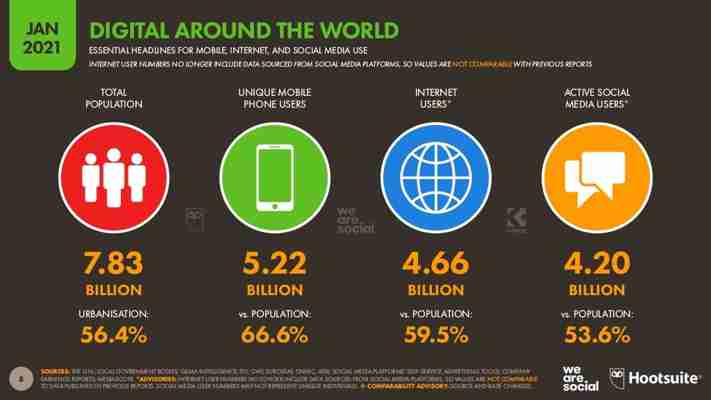
El mundo digital es cambiante, sí, pero si hay un sector que se lleva la palma, ese es el de las RRSS. Que si nuevos canales, que si nuevos formatos, que si ahora te quito los likes, que si cada vez el público es más joven… ¿Serías capaz de decir cuáles son las redes sociales más utilizadas ahora mismo?
Las redes sociales más usadas en el mundo
El 99% de los usuarios accedemos a las RRSS a través del móvil.
Antes de desvelarte cuáles son las redes sociales más usadas en el mundo, vamos a hacer un recuento general de usuarios activos en estos canales. Según el informe de análisis digital elaborado por We Are Social y Hootsuite, en enero de 2021 éramos 4.2 billones de usuarios activos a nivel global: un 10,5% más que en enero de 2020. De esos, 588 millones pertenecen a Europa.
A partir de los datos obtenidos el 25 de enero de 2021 en el informe de We Are Social y Hootsuite, tenemos un ranking con las 17 redes sociales más populares a nivel global. Para nuestro ranking particular, excluiremos las apps de mensajería instantánea (al menos mientras en la oficina no se cierre el debate de si WhatsApp es una red social o no).
Y ahora sí. Un adelanto… Como no podía ser de otra manera, Facebook es la red social más utilizada hasta el momento, seguida de Youtube, Instagram, Tik Tok y QZone en el ranking. Aunque, si quieres saber cuántos millones de usuarios usan cada una… ¡Sigue leyendo!
1.Facebook: 2.740 millones de usuarios
Pues sí, el ojito derecho de Mark Zuckerberg sigue manteniendo su reinado como la red social más usada con 2.740 millones de usuarios.
No obstante y aunque aún estamos muy lejos de poder afirmar que Facebook está muerto, debemos tener en cuenta datos como estos: en India ha perdido 10 millones de usuarios; en España y Corea del Sur, un millón.
Además, la tasa de engagement sigue siendo irrisoria para las fanpages: si tienes más de 100.000, ésta será aproximadamente del 0,08%.
2.YouTube: 2.291 millones de usuarios
Cerquita le sigue YouTube con 2.291 millones de usuarios y un billón de horas de vídeo diarias. Los tres vídeos más vistos son:
Pinkfong Kids´ Songs & Stories – Baby Shark Dance Luis Fonsi feat. Daddy Yankee – ‘Despacito’ Ed Sheeran – ‘Shape Of You’
3.Instagram: 1.221 millones de usuarios
Los hashtags más utilizados en Instagram son #Love, #InstaGood, #Fashion, #PhotoOfTheDay y #Art.
La tercera en el ranking de las redes sociales más usadas es Instagram, con 1.221 millones de usuarios.
La pequeña de Zuckerberg sigue creciendo y no solo consigue fidelizar usuarios con sus continuas renovaciones, también atrapa nuevos instagramers).
Eso sí: ojito a la siguiente posición del ranking, que le viene pisando los talones.
4.TikTok: 800 millones de usuarios
Si el año pasado Douyin y TikTok sumaban 800 millones de usuarios en conjunto y nos parecía el máximo salseo, agárrate. En enero de 2021, TikTok solito ya tiene 689 millones de usuarios. Y te lo querías perder.
No era ninguna broma cuando os advertimos que sería totalmente necesaria para llegar a los más jóvenes (y no tan jóvenes, visto lo visto) y hacernos un hueco en sus móviles cargados de información.
5.QZone: 617 millones de usuarios
Esta app de origen chino es una de las redes sociales con más usuarios ya que reúne a 617 millones de usuarios. Concretamente se trata de una extensión de QQ (esa app de mensajería que tiene un pingüino con bufanda roja como icono) en la que puedes escribir blogs o comprar online.
6.Sina Weibo: 511 millones de usuarios
511 millones de usuarios en esta app también de origen chino cuya descripción en Wikipedia es tan minuciosa como: similar a Facebook y, en menor medida, a Twitter.
7.Snapchat: 498 millones de usuarios
Pues sí, aún hay vida en Snapchat. Exactamente 498 millones de vidas, la mayoría entre 13 y 24 años. Parece que, por mucho que Instagram se haya puesto las pilas con sus filtros, aún hay fieles a los de la app del fantasma.
8.Pinterest: 442 millones de usuarios
Los internautas de entre 16 y 64 años pasamos una media de 2 horas y 24 minutos al día en RRSS.
Pasa desapercibido, pero Pinterest continúa entrando en el ranking con 442 millones de usuarios.
Es más, ha incrementado su comunidad un 16% desde el año anterior.
9.Reddit: 430 millones de usuarios
No es de las redes sociales más importantes, pero destaca porque permite a los usuarios agregar noticias y acompañarlas con texto, imágenes, vídeos u otros enlaces. En función de sus intereses, la comunidad vota y le da más o menos popularidad al contenido. Son 430 millones los usuarios que utilizan esta red social. Al igual que el año pasado.
No podemos negar que Twitter está de capa caída. Solo en el último año ha crecido a un 3,8% de su comunidad, quedándose en 353 millones de twitteros. En Alemania sigue creciendo este año incluso más que el pasado, con un incremento del 6,4% de su comunidad.
Las redes sociales más utilizadas en España
Para resolver esta duda, nos fijaremos en el informe anual de IAB con Elogia. El de 2021 nos chiva que somos 25,9 millones los españoles de entre 16 y 65 años que utilizamos RRSS, el 87% del total de los internautas.
Para hacer este ranking también hemos excluido a WhatsApp, así que la protagonista es la misma que a nivel global:
Es la red social más utilizada en España, ya que un 81% de los usuarios estuvieron en Facebook durante 2020, descendiendo con respecto al año anterior hasta un 7% .
La franja de 16:00 a 00:30h es en la que más españoles accedemos a las redes sociales desde el móvil
2.YouTube
La nueva tele entra también en el segundo puesto del ranking en nuestro país, aunque con notable diferencia respecto a Facebook. Un 70% de los usuarios de RRSS consumen vídeos de YouTube.
3.Instagram
Esta es de las redes sociales más utilizadas en España y ha crecido con respecto al año anterior un 5%. Y de ellos, un 81% la utiliza a diario.
En enero de 2021, los perfiles de españoles con más seguidores eran los de la modelo Georgina Rodríguez y los de las actrices Úrsula Corberó y Ester Expósito.
En España, Twitter aún se mantiene en el top 5. El 51% de los usuarios de RRSS son twitteros y qué le vamos a hacer si nos encanta quejarnos y se nos dan fenomenal los memes.
5.LinkedIn
Una de las redes sociales más usadas en España es para profesionales y se cuela en el ranking de 2020, aunque baja a la mitad de Twitter. La mayoría de estos usuarios tienen más de 31 años.
Muy seguida de LinkedIn está Pinterest, con un 24% de los usuarios totales y, TikTok, siendo esta la red social que más ha crecido, hasta un 13% con relación al periodo anterior. Y más abajo, Snapchat con un 12% del total de usuarios españoles. ¡Hagan sus apuestas para 2021!
Ahora que ya sabes cuáles son las redes sociales más utilizadas, ¿cuáles son tus preferidas? ¿Y cuál no te importaría que desapareciese hoy mismo? Queremos saberlo todo, así que concédenos este deseo y cuéntanoslo en los comentarios, anda.]



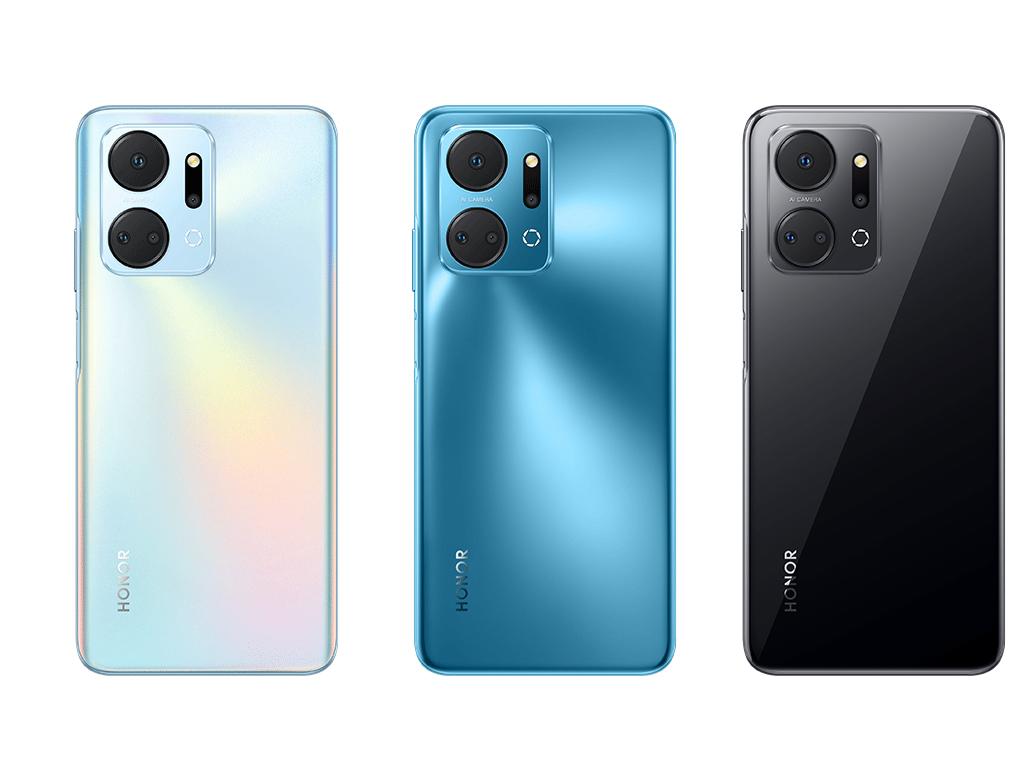


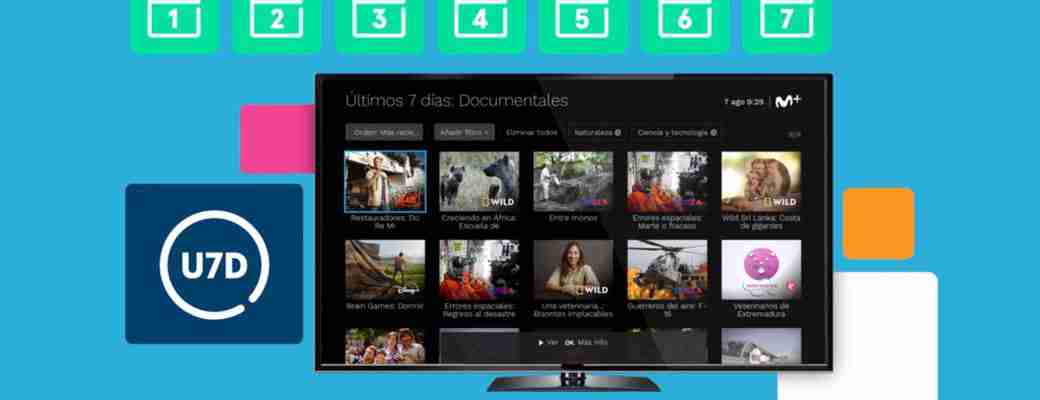
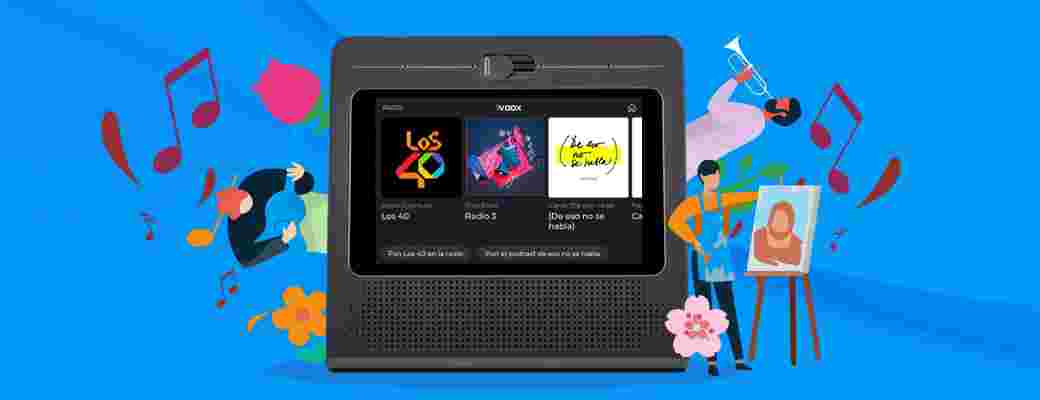
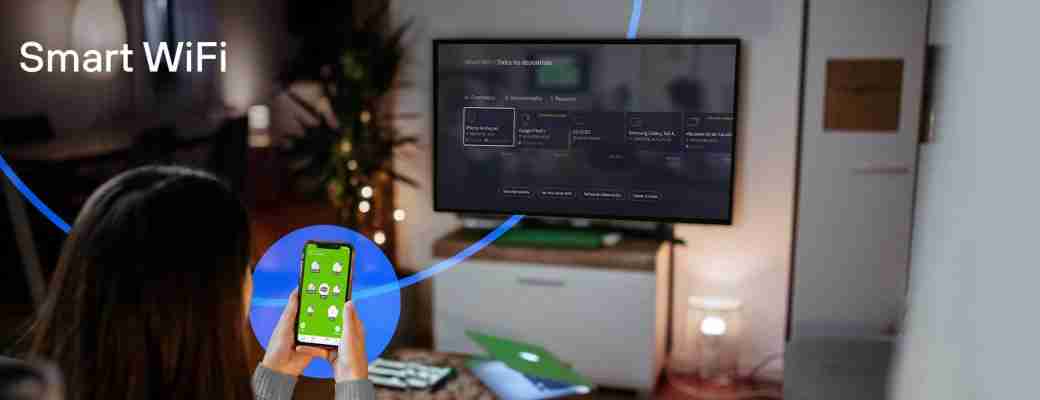
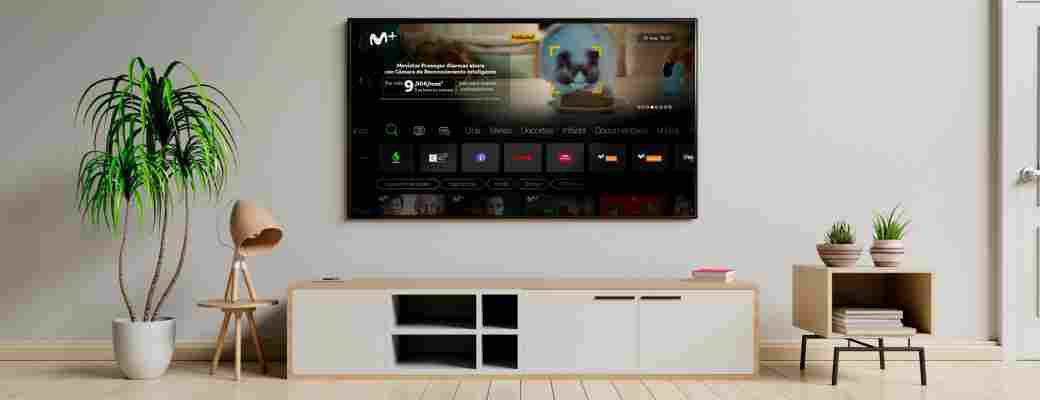

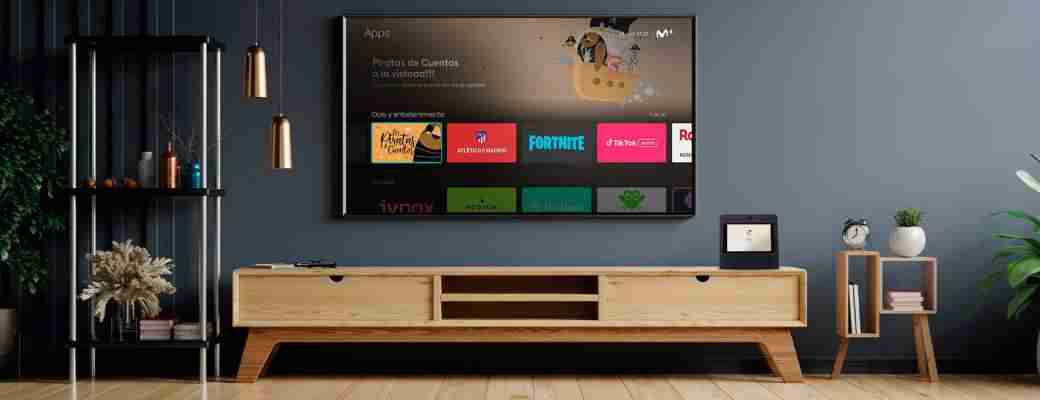


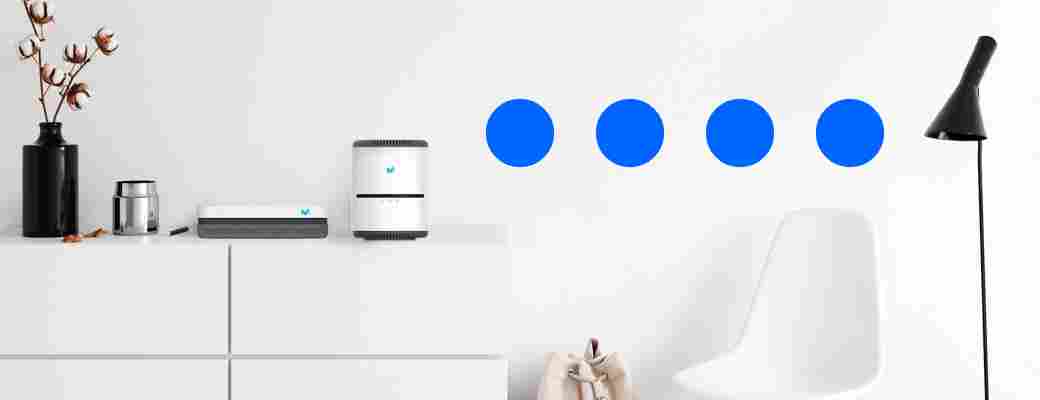
Post a Comment